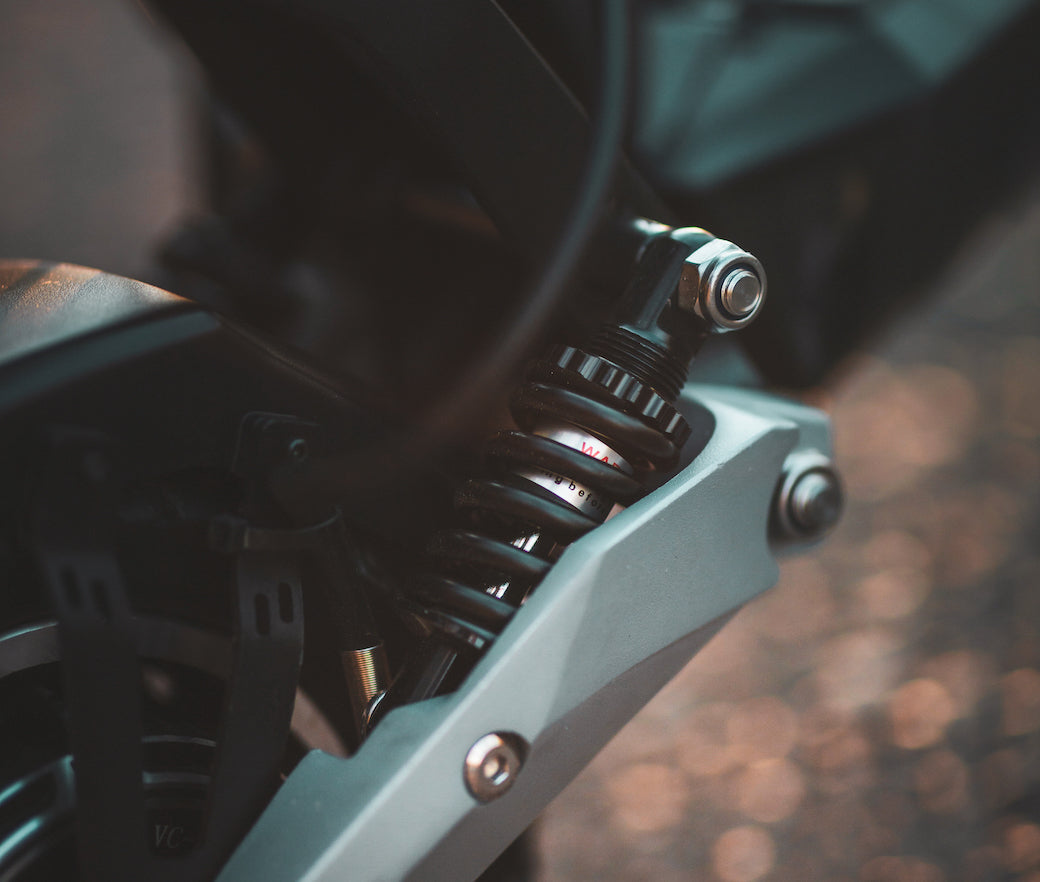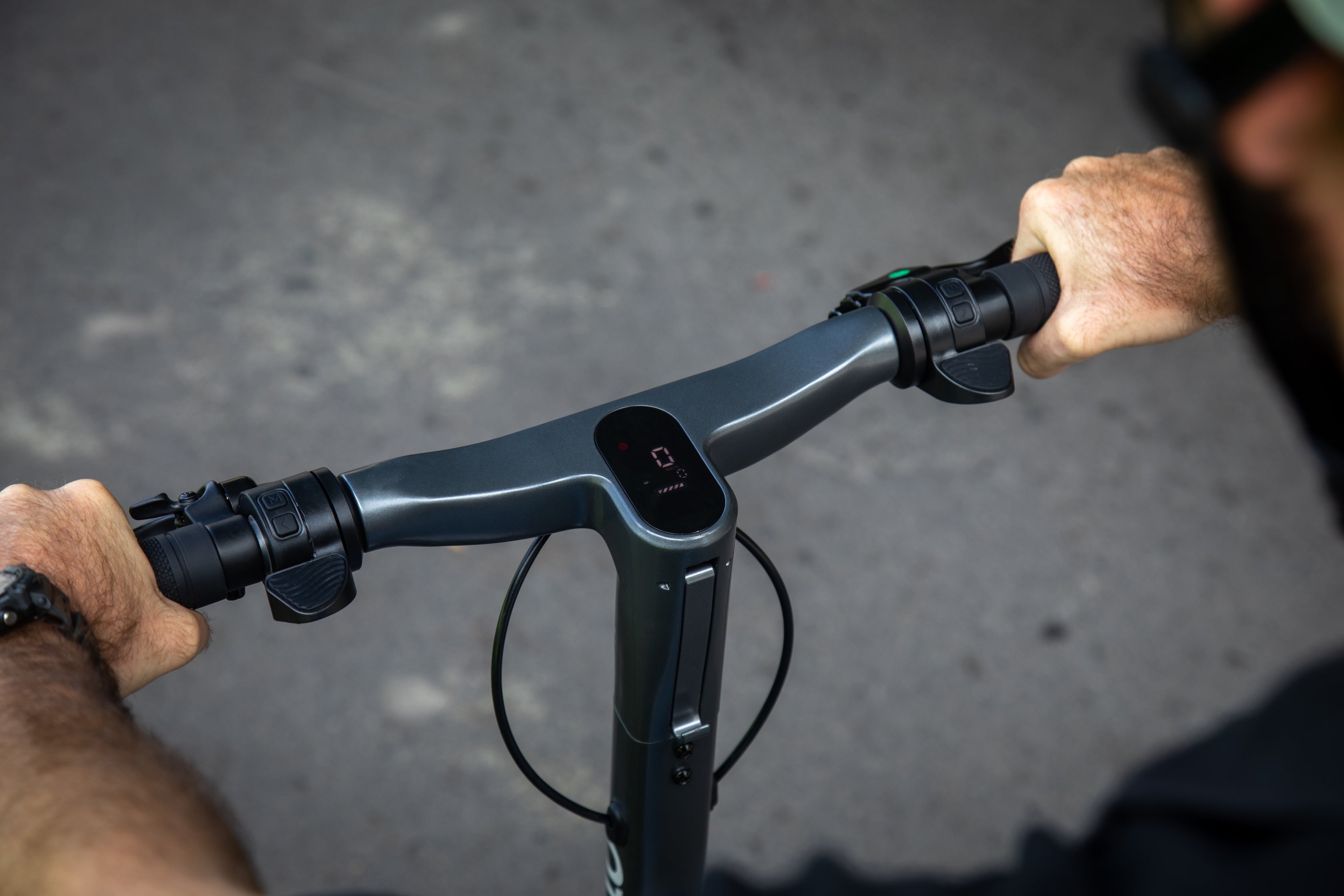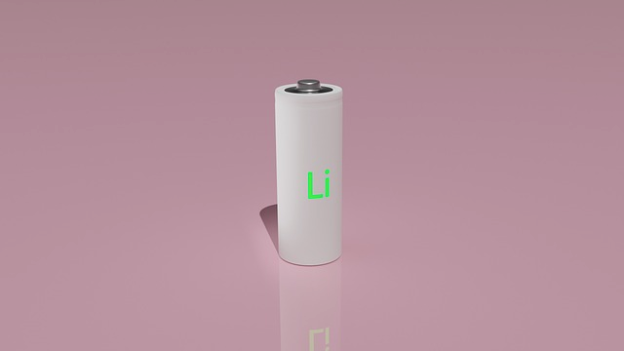Electric scooters are becoming increasingly popular, and many people are interested in learning about their suspension systems. Suspensions are a crucial part of a scooter, providing a comfortable ride and absorbing shock from uneven terrain. There are three main types of suspensions: spring suspension, hydraulic suspension, and rubber suspension. In this article, we will discuss the different types of suspension systems found on electric scooters, including spring, hydraulic, and rubber suspensions.
Spring Suspension
Spring suspensions are the most commonly used, and they come in different varieties. The classic spring suspension features a spring enclosed within blue coils that can be adjusted to make the suspension stiffer or bouncier. The Phantom scooter has four springs, while the Ghost has two (one in the front and one in the rear). The old Explore and City models have horizontal blue springs, which are not the best suspension systems due to stress on the components and the need for different pivot points.
The new City and Explore models have a vertical spring suspension, which is more effective and comfortable. The new City model features three springs, two in the back and one in the front, with rubber deminers inside the suspension to make it smoother on the feet. Hydraulic suspensions are usually found on more expensive scooters and come in two types. The first type is fully enclosed and pre-adjusted, while the second type features a dial to adjust the suspension according to the rider's weight and achieve the same level of comfort. The second type has a hydraulic tank surrounded by a spring and is more comfortable and bouncy. It is usually found on 72-volt scooters that cost over $5,000.
Hydraulic Suspension
Hydraulic suspension is a feature that is typically found in more expensive electric scooters. There are two main types of hydraulic suspension, the first being a fully enclosed barrel that comes pre-adjusted with no option for customization. The second type of hydraulic suspension is the DNM brand, which features a red dial for adjusting the suspension.
The DNM suspension is preferred for its adjustability, as it allows for customization based on rider weight and preference. The suspension is surrounded by a spring, making it more comfortable and quicker to bounce back.
When it comes to choosing a reliable supplier for hydraulic suspension, it is important to select a brand with high-quality bushings and seals to prevent leaking. The force exerted on the suspension can be high when jumping on the scooter, so it is crucial to invest in a reliable and durable suspension system.
Overall, hydraulic suspension can greatly enhance the riding experience of an electric scooter, providing greater comfort and stability on bumpy roads. When considering purchasing an electric scooter with hydraulic suspension, it is recommended to opt for the DNM brand for its adjustability and comfort.
Rubber Suspension
Rubber suspension is a type of suspension system that uses rubber blocks to absorb shocks and vibrations. The rubber blocks are placed between two moving parts and act as a buffer, reducing the impact of bumps and uneven surfaces. Rubber suspension is known for its minimal maintenance and its invisibility, making it a popular choice among electric scooter manufacturers.
The Pro electric scooter lineup, which includes the V 1, V 2, V 3, V 4, and V 5, all feature rear rubber suspension. This type of suspension is completely invisible and doesn't compromise the design of the scooter. Maintenance is minimal, with rubber blocks only needing to be changed every two to three thousand kilometers. Rubber suspension is also consistent and doesn't require constant adjustment for different weight riders.
Another electric scooter that uses rubber suspension is Inokim, as well as the Dualtron. The rubber blocks in these scooters are mounted on the swing arm and are fully enclosed, which protects them from dirt and debris. The suspension may not offer quick adjustment depending on rider weight, but cartridges with different stiffness levels are available to customize the suspension to the rider's preference.
Overall, rubber suspension in electric scooters is a reliable and low-maintenance option that provides a smooth and comfortable ride. While it may not offer quick adjustments for different weight riders, it is consistent and doesn't require constant tuning. As the electric scooter market continues to grow, it will be interesting to see how suspension systems evolve and improve.
In conclusion, electric scooters have different suspension systems, and it is essential to choose the one that fits your needs and budget. Spring suspensions are the most commonly used and come in different varieties. Hydraulic suspensions are more expensive but offer more adjustability and comfort, while rubber suspensions are invisible and require minimal maintenance.
For full video, check out our Youtube channel or watch below:



















